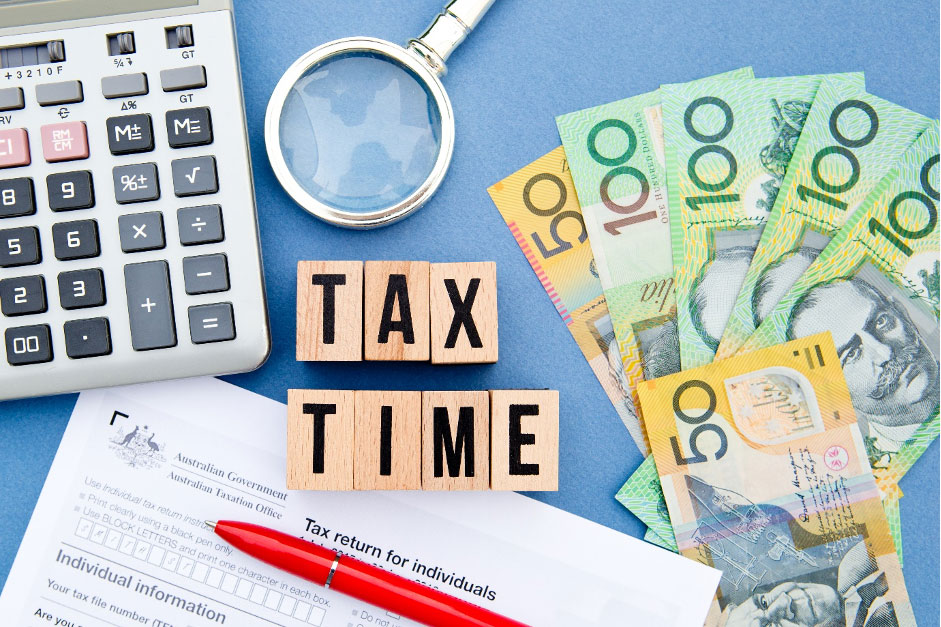Changes for the Financial Year (effective 01 July 2022)
Here are the snapshots to keep you updated with such amendments:
1. Superannuation Guarantee Obligation Changes
2. The $450 Threshold Will be Removed
3. The First Home Super Saver (FHSS) Scheme Will Get an Increase
There’s good news for people saving for their first home under the First Home Super Saver (FHSS) scheme. The cap on voluntary superannuation contributions has been raised from $30,000 to $50,000. Participants must be first-time home buyers, have owned the property for 12 months and have lived in it for at least six months. The scheme may also reduce their taxable income, as contributions come from pre-tax salaries.
4. Downsizer Contribution Policy Changes
Individuals can contribute to their Superannuation Funds from the proceeds of the sale of their home up to $300,000 if single or $600,000 per couple if married.
Subject to the following conditions:
(1) you must own the home for at least 10 years prior to the sale,
(2) the property you’re selling must be in Australia,
(3) it cannot be a mobile home, and
(4) you must contribute the proceeds from the sale (which typically occurs at settlement) within 90 days.
Those who want to downsize, as well as those who are looking to buy a new property, may benefit from this contribution. Senior or pre-retirees who are eligible can use the equity in their house to enhance their superannuation funds under this strategy.
The downsize contribution eligibility age will be reduced from 65 to 60. This reduction in age allows more individuals to be eligible to make a downsize contribution and increase their retirement savings.
5. Some retirees no longer have to take the work test
People will be able to contribute extra savings or even funds from inheritances into super starting in July, and even people with a small amount to contribute can maximise their potential tax savings.
Two things to keep in mind with this change are, first, when you make contributions, you must be aware that caps apply, and going over them may result in extra taxes. The second, personal superannuation contributions may still be subject to a work test.
Those aged 67-74 will now be able to contribute more to super thanks to the following modifications:
-
- the removal of the work test for personal (aftertax contributions and salary sacrifice contributions
- An increase in the amount of after-tax contributions that can be made within a single financial year.
6. Small Business Tax Instalments Lowered for PAYG
A PAYG instalment is a regular prepayment of taxes on business and investment income made throughout the year then after the end of the year, the actual amount due is reconciled.
As part of the government’s decision to reduce the GST and PAYG instalment amounts, they set the GDP adjustment or uplift factor to 2% instead of the 10% that would have applied. This will apply to small to medium enterprises eligible to use the relevant instalment methods for the 2022-23 income year.
Small to medium businesses that have:
GST instalments annual aggregated turnover that reaches Up to $10 million
PAYG instalments annual aggregated turnover that reach up to $50 million
Small businesses using the PAYG instalment method will have more cash during the year to utilise. The effect of the change, however, is that the actual amount of the tax return will not change, just the amount you need to contribute during the year.

Related Articles

Understanding asset protection for your growing business
Asset protection for growing businesses and...

Taking Money Out of Your Private Company: How to Avoid Division 7A Penalties
Taking Money Out of Your Private Company: How to...

Unlock the Benefits of a Bucket Company: Maximise Tax Savings and Protect Your Assets
Unlock the Benefits of a Bucket Company:...
Contact Us
Tax Insights & Business Advice
Receive only the guidance that matters. Subscribe now for personalised tips and expert advice, directly suited for you and your business.

